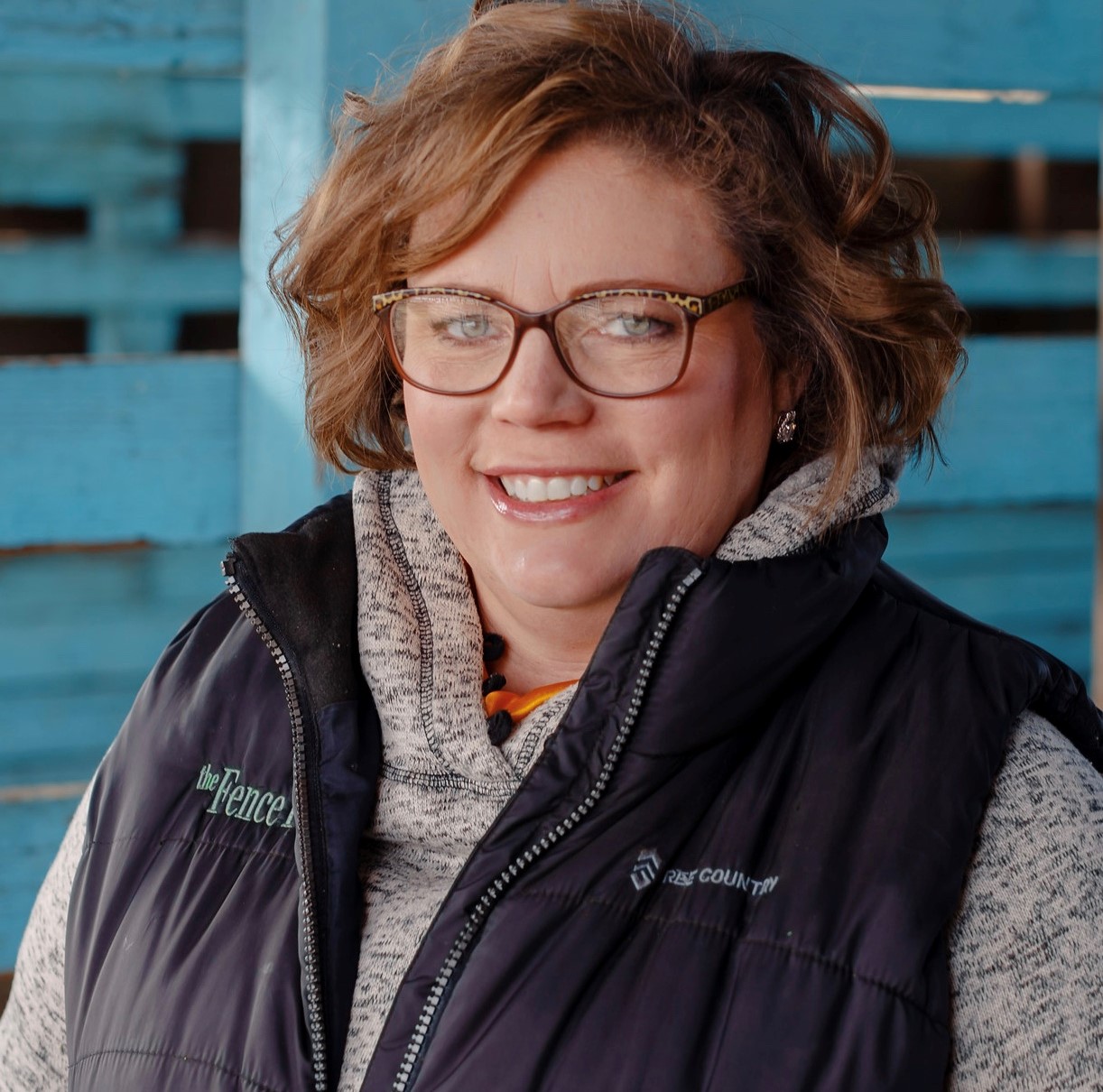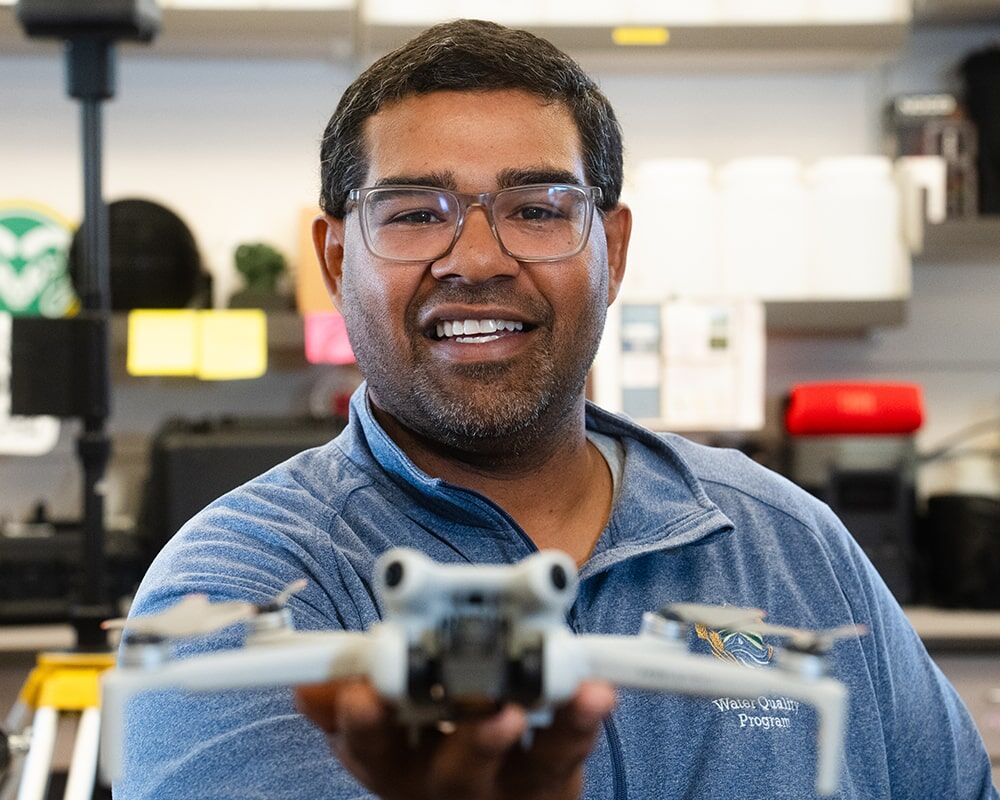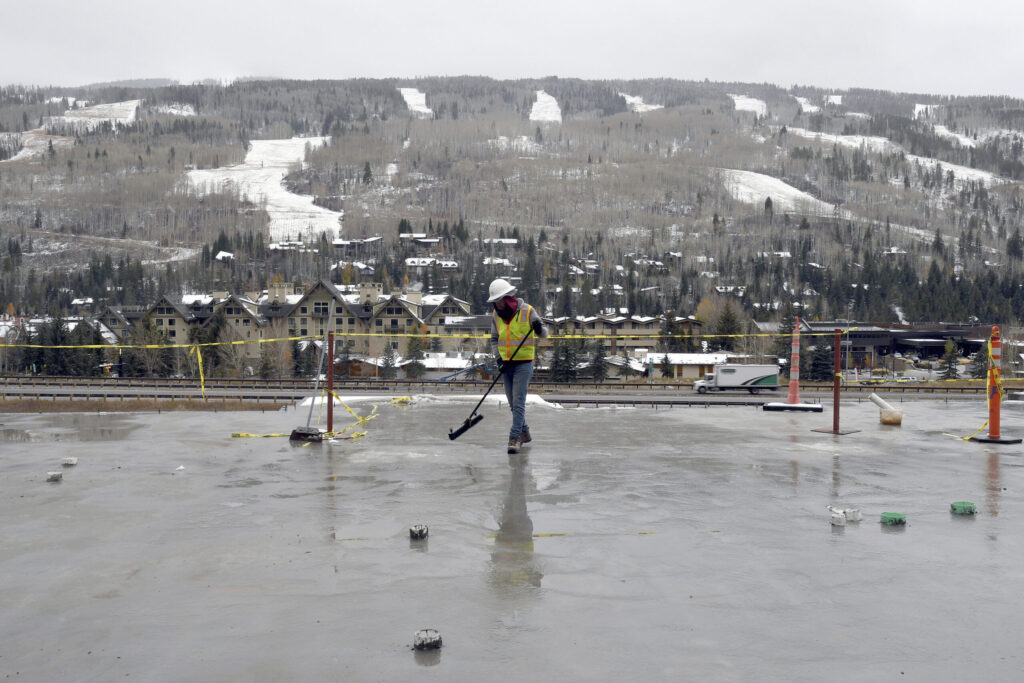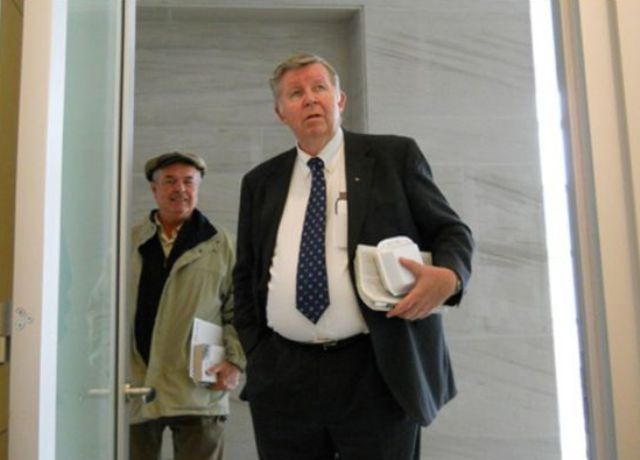How to get America’s kids to the ag table | GABEL

When Colorado State University’s College of Agricultural Sciences invites people to come to the table, they’re not just blowing smoke. Manny Deleon has pulled up a chair at the table, and he is adding agricultural research important to producers. He isn’t the typical ag guy and that is a nod to the draw of the nation’s most important industry at the state’s land-grant university.
Deleon was born in the Bronx and grew up on Long Island to parents born in Puerto Rico and the Dominican Republic. He made his way to CSU where he earned a master’s degree in soil and crop science and began his work as a research associate in 2015. His specialization is water quality and that leads him to work with farmers and the Colorado Department of Agriculture to monitor water quality across the state.
He taught himself 3D modeling and added 3D printers to his repertoire of gadgets so he could create and manufacture his own replacement parts for the tools he uses out in the field. Not one to let any grass grow under his feet, he added a drone to add to his efficiency when checking fields. When it can cost up to $20,000 to monitor water quality in a single field, doing so from the air makes it more affordable without giving an inch in terms of quality monitoring.
Drones are not only gaining popularity in agriculture but are tempting young people with another career path and an entrepreneurial opportunity in agriculture and rural areas that doesn’t necessarily involve large amounts of land and capital.
Drones can be flown over fields to spot apply fertilizer or herbicide, scout fields for problem areas so they can be remedied before becoming a major problem and can also help create detail-rich maps of not only field boundaries, but also elevation changes and other details that can affect crop success. By only applying fertilizer or pesticide to the affected areas, precision translates into lower costs for the applicator.
The drones can be piloted over fields, but there is also software that creates a pre-programmed flight over a field at the proper height above the plants to scan the field much more precisely or efficiently than on foot. The drones don’t disrupt soil or growing crops and remove the need for moving multiple pieces of large equipment from field to field.
For Deleon, his expertise with drones allows him to gather information about water quality all the way downstream faster, more often, and more precisely, which translates into better information for water users across both slopes in the state. For his students in the CSU Agriculture Water Quality Program, the experience piloting drones to collect data, analyzing that data, and even soldering and maintaining the drone equipment sets them on a path for a career in water quality or using their skills in another career path.
Labor is becoming increasingly difficult to find in agriculture, making it even more important that not only the good kids who grew up around the industry’s many segments are recruited back into agriculture. Just as importantly, though, is the need to attract the Deleons of the nation into agriculture. He didn’t learn to appreciate soil science growing up a poor kid in Long Island. He connected with the greenery, beaches and caves in his parents’ native Puerto Rico and Dominican Republic.

In that respect, he’s similar to many of the readers of this column who had an uncle who farmed or had grandparents who lived in a rural area. The connections back to agriculture are palpable. Yes, they are the food and fabrics and water and soil people interact with daily but they’re also the tougher to define connections that are more visceral. Perhaps the water in an irrigation canal takes one person back in time to a river fishing trip. Perhaps the cattle out on wheat pasture remind another of the drive to Grandma’s for Thanksgiving. Agriculture needs people to connect in a way that reminds them, despite some headlines, the industry and the people who feed, fuel and clothe America daily are still good. The tools have changed, and they will continue to do so. The companies and the markets and the distribution and the business have changed, but agriculture puts food on the table for little kids in Long Island and for little kids in Yuma, Colorado. Change as it may, it’s still good and needs both of those kids to come to the table.
Rachel Gabel writes about agriculture and rural issues. She is assistant editor of The Fence Post Magazine, the region’s preeminent agriculture publication.












